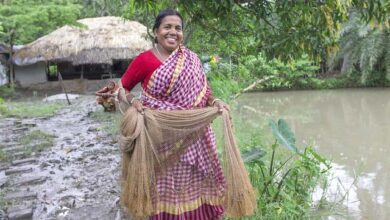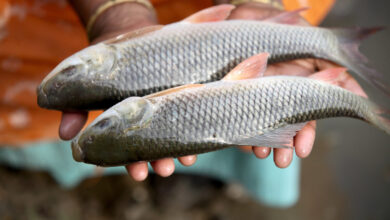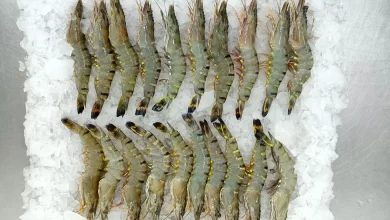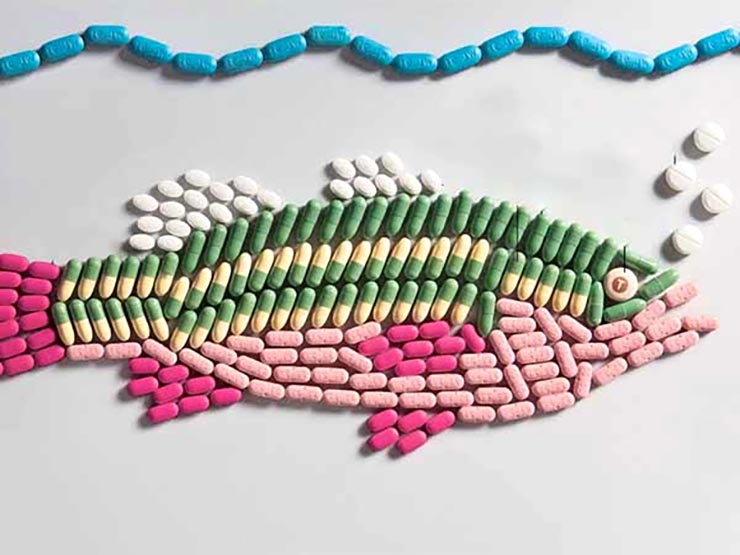
The global farming of aquatic organisms is experiencing a rapid expansion and has emerged as one of the most swiftly growing food-producing sectors. This sector is playing a crucial role in ensuring food security across the world.
As aquaculture continues to expand, a range of challenges has emerged, including overcrowding, physical strain, and poor water conditions. These prevailing conditions have been found to result in the onset of various diseases among organisms. In addition, cultured fish are regularly exposed to microorganisms in their aquatic environment, some of which can cause diseases.
Infectious diseases have emerged as a major impediment, causing substantial morbidity, mortality, and economic losses, thereby hindering the growth of the sector. In aquaculture, diseases are responsible for half of the production losses, particularly affecting developing countries. The prevailing conditions have resulted in the extensive utilization of antibiotics in the aquaculture industry.
In a recent report, it has been revealed that a staggering 75% of antibiotics sold worldwide are being used on farm animals. Among those organisms, fish and shrimp accounted for the most antibiotic use. In the latest report on fish production, it has been revealed that Vietnam, China, India and Indonesia are the top countries where antibiotics are predominantly used. Vietnam tops the list with 39 antibiotics, followed by China with 33 antibiotics. Bangladesh also makes it to the list with significant use of antibiotics in fish production (21 antibiotics). According to recent reports, the majority of countries (73%) have been utilizing oxytetracycline, sulphadiazine, and florfenicol in their aquaculture practices.
The excessive use of antibiotics comes with negative consequences too. Antibiotic residues may endanger the health of consumers if farmers fail to observe the appropriate withdrawal periods after using antibiotics before harvesting fish for sale.
‘Massive and inappropriate use of antibiotics to treat or prevent disease in farmed fish promotes the emergence of bacteria with the capability of causing harm to humans.’
This conclusion has recently been made by researchers from France’s Institute of Development and Research (IRD) and the Center for International Cooperation in Agronomic Research for Development (CIRAD).
“Resistant bacteria in aquaculture can disseminate or transmit their resistance genes to non-resistant bacteria that infect humans, resulting in difficult-to-treat diseases in both animals and humans.,” said Samira Sarter, a microbiologist with CIRAD.
Furthermore, drug-resistant microbes are responsible for the deaths of over 35,000 people in the United States, 33,000 people in the European Union, and over 30,000 people in Asia.
The World Health Organization (WHO) is also concerned about the misuse of antimicrobial medications and has issued a warning. According to WHO the most recent generation of antibiotics is virtually ineffective.
WHO regarded this issue as “a major health security challenge of the twenty-first century.”
Antibiotic use in aquaculture has long been supported by farmers because it reduces fish mortality and large-scale die-offs. Promising research indicates that fish farmers globally are not only accepting of limited antibiotic usage but also welcoming the new reality.
In Kerala, southern India, a recent study conducted by Dr. Kelly Thornber revealed that the majority of the farmers were in favor of reducing their use of antibiotics. Farmers were anxious to reduce antibiotic use in Norway, a country where fish farming dominates the domestic and export food markets. In Chile, the transition away from antibiotics in aquaculture had been gradual but has lately picked up steam.
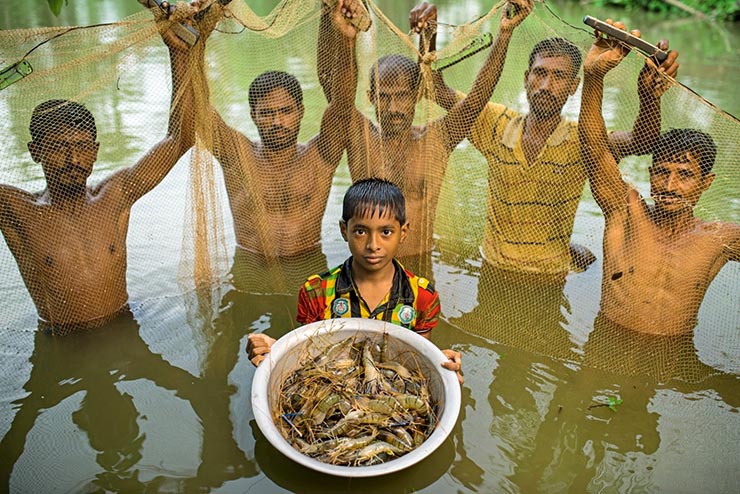
Meanwhile, the situation in Bangladesh provides cause for concern. In recent decades, aquaculture has emerged as one of the largest agro-based industries in Bangladesh, experiencing significant growth. Bangladesh has secured its position as the third-largest inland fish-producing country and fifth in all aquaculture production worldwide. According to a recent study, 12–31% of Bangladeshi fish hatcheries are utilizing antibiotics as a preventative measure against disease. In addition, it has been reported that antibiotics are frequently utilized by small-scale farmers in their aquaculture practices.
Several reasons have been identified for this misuse. In Bangladesh, veterinary drugs are readily accessible at animal feed dealers’ shops and veterinary pharmacies. It has been found that farmers have been able to procure antibiotics without a prescription from a veterinarian, simply by purchasing them over the counter (OTC).
In a concerning development, fish farmers may have access to a wide range of antibiotics, including those that are medically important, without the need for a prescription. This is due to a lack of effective regulations in place to prevent such practices.
Lack of exposure to aquaculture training among farmers, poor knowledge of the purposes of antibiotics, and shorter farming experiences have been linked to increased use of antibiotics in the country. Inland aquaculture’s national-level antibiotic usage data are also limited.
In Bangladesh, despite the government’s ban on the use of antibiotics, growth hormones, and insecticides in animal and fish feed, monitoring programs are reportedly lacking.
Therefore, monitoring the use of antibiotics in the aquaculture sector must be a top priority for the authorities.
Jaber Bin Abdul Bari
Department of Oceanography, NSTU

